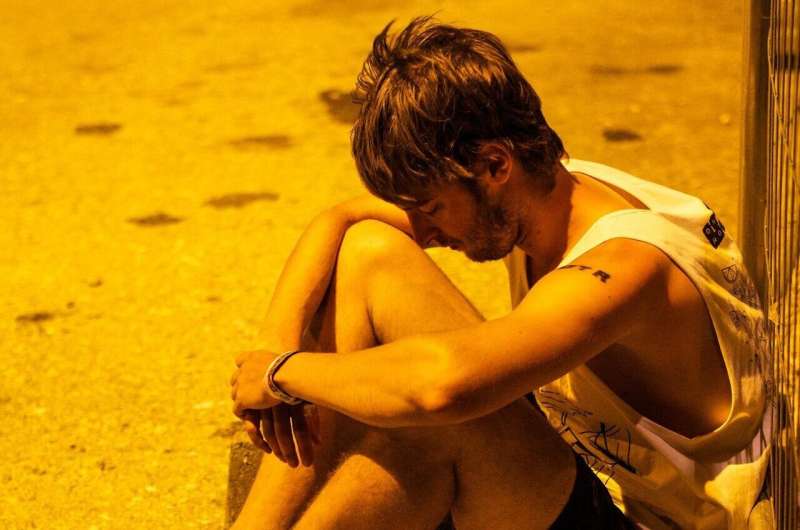new york pharmacy manager arrested


More than 1 in 20 U.S. high school students experienced homelessness in 2016 and 2017, according to a 2018 report from the United States Department of Housing and Urban Development. While the circumstances surrounding these adolescents’ homelessness are undoubtedly stressful and traumatic, few reliable and large-scale assessments of the psychiatric burden among homeless teens are available.
In a new paper published in JAMA, research by Rishi K. Wadhera, MD, MPP, MPhil, provera long term effects an investigator in the Smith Center for Outcomes Research at Beth Israel Deaconess Medical Center (BIDMC) and Michael Liu, MPhil, a medical student at Harvard Medical School, evaluated mental health and substance use among homeless and housed high school students surveyed voluntarily and anonymously in 2019.
“Our study found that homeless adolescents experienced significantly worse mental health and more substance use than their housed counterparts,” said corresponding author Wadhera, who is also an assistant professor of medicine at Harvard Medical School. “The U.S. is facing a youth homelessness crisis, which will only be exacerbated by challenges presented by the COVID-19 pandemic, including parental deaths, housing evictions, and worsening poverty. We need to implement policies and interventions that improve broad health, social, and educational outcomes among homeless adolescents, and perhaps more importantly, prevent and end adolescent homelessness altogether.”
Wadhera and colleagues used representative data from a survey of the demographic characteristics, housing status, mental health and substance use of U.S. high school students in 22 states administered in 2019 to assess four mental health outcomes and 11 substance use outcomes. Data from 4,523 homeless adolescents and more than 105,000 non-homeless adolescents revealed that homeless teens were dramatically more likely to report feelings of sadness and hopelessness and having considered, planned or attempted suicide than their non-homeless peers.
Prevalence of cigarette, cannabis, and illicit drug use (e.g., cocaine, heroin, methamphetamine) was also substantially higher among homeless teens. Homeless children were also far more likely than their housed counterparts to be male, Black or Hispanic, and identify as gay or lesbian.
Source: Read Full Article